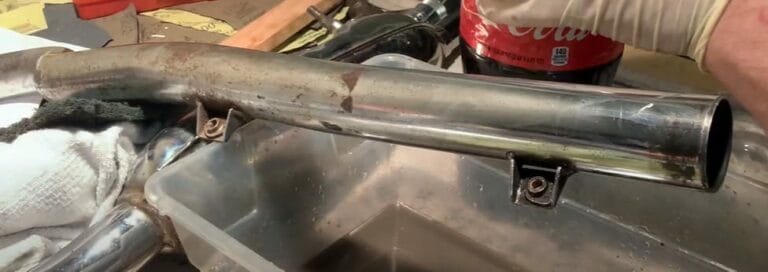

Rust forming on tools and shelves is a common problem that can significantly impact the longevity and functionality of your equipment. Understanding the causes and implementing preventative measures is crucial for maintaining your prized possessions. This comprehensive guide will delve into the issues surrounding rust forming on tools and shelves, and help you control moisture levels, from understanding the root causes to implementing effective solutions. We’ll explore various methods for controlling moisture levels, including environmental adjustments, proper storage techniques, and protective coatings. Let’s dive in!
Understanding Rust Formation
Rust is an iron oxide that forms when iron or steel reacts with oxygen in the presence of moisture. The process, called oxidation, is a natural chemical reaction that happens over time. Understanding the chemistry of rust helps to understand the mechanisms that lead to it, and this, in turn, allows us to develop preventative strategies. This reaction is accelerated in environments with high humidity, poor ventilation, and standing water. The presence of other chemicals, such as salts, can also speed up the oxidation process. Tools and shelves are particularly vulnerable when left in damp conditions or exposed to fluctuating temperatures, leading to accelerated rust formation. Knowing this vulnerability allows us to create better, more permanent rust-prevention strategies.
Controlling Moisture Levels in Your Environment
Environmental Adjustments
Maintaining the correct environmental conditions is crucial for preventing rust. First, focus on humidity control by checking your local humidity level, and use a dehumidifier if humidity is excessively high. Aim for a humidity level below 50% to minimize the moisture content in the air. Regular airflow is essential to prevent moisture buildup. Open windows, use fans, or consider a ventilation system to reduce stagnant air. Regular temperature checks will also help in understanding conditions which could contribute to moisture levels. In many cases, these changes in the environment can be a good first step towards preventing rust.
Related Post : Garage Door Not Opening Smoothly? Common Track and Motor Issues
Proper Storage Solutions
Utilizing Protective Materials
Proper storage methods are key to preventing rust and prolonging the lifespan of your tools and shelves. The first step is using protective coatings such as waxes or oil-based sealants to create a barrier between the metal and the surrounding environment. Choose materials that are appropriate for your tools. Applying these coatings regularly will help prevent rust and preserve the metal’s integrity. Consider using plastic or waterproof storage containers when storing tools that can’t be coated in oil-based sealants. Properly covering the tools can help shield them from airborne moisture and dirt, acting as another layer of protection against rust formation.
Preventing Rust with Protective Coatings
Selecting the Right Coating
Applying protective coatings creates a barrier against moisture, effectively preventing rust formation. Coatings like epoxy paints, powder coatings, or specialized rust inhibitors can offer long-term protection. When choosing, consider the environment where your tools will be stored. Different coatings have different levels of resistance to moisture and other environmental factors. For example, in damp or humid environments, a coating with a high moisture-resistance rating would be preferable. Ensure thorough coverage to effectively prevent rust.
Regular Maintenance and Inspection
Routine Inspection for Early Detection
Regularly inspect your tools and shelves for signs of rust or moisture damage. This helps to catch problems early, before they worsen. Use a visual inspection to spot early signs of rust on exposed metal surfaces and also examine storage areas for any moisture accumulation. If rust is found, take immediate action to address the issue. This early intervention helps prevent the spread of rust and its destructive effects. Identifying potential rust-causing conditions at an early stage ensures quick action and prevents long-term issues.
In conclusion, effectively controlling moisture levels is crucial for preventing rust formation on tools and shelves. Implementing the strategies outlined in this article will significantly reduce the risk of rust and maintain the longevity of your valuable possessions. Regular maintenance, proper storage, and a thorough understanding of moisture management are key. Remember, preventing rust is often easier and more cost-effective than dealing with its consequences. For more detailed information or if you have any further questions, don’t hesitate to contact us or visit our resources page. Now, take control of your environment to protect your tools and shelves!